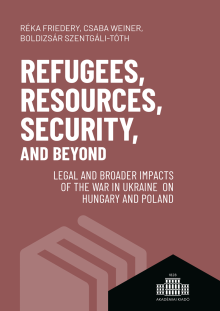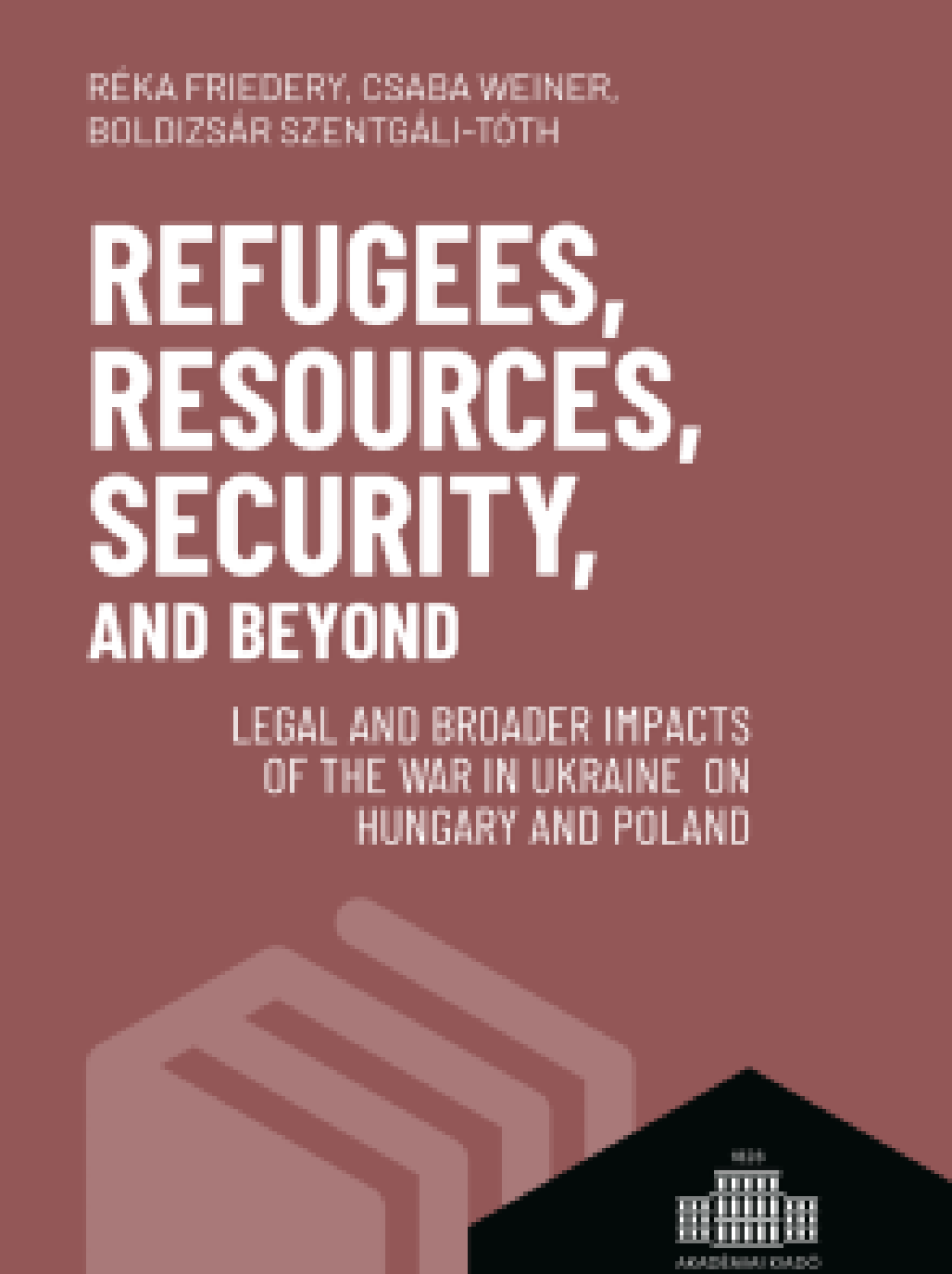Images of the Russian–Ukrainian war in Hungarian and Central and Eastern European public discourses
Authors: Tamás Csiki Varga, András Deák and Zoltán Felméry
In: Friedery, R., Weiner, Cs., Szentgáli-Tóth, B. (Eds.): Refugees, resources, security, and beyond: Legal and broader impacts of the war in Ukraine on Hungary and Poland.
DOI: 10.1556/978963664121.11
Introduction
Societies in Central and Eastern Europe (CEE) confronted two major security threats in less than three years between 2020 and 2022. The Covid pandemic and the Russian–Ukrainian war posed distinct challenges. Mass epidemics, which significantly impact everyday life, can be viewed as a new phenomenon, or at least one that has not been experienced for a long time. The Spanish flu, which occurred more than a century ago, is likely the last notable event that has left a lasting impact on public understanding of the current threat and its actual management. Local elites and the public lacked clear expectations about what actions to take, having only a shared understanding of what should be avoided. Similar to a natural disaster, it was the crisis that shaped public perception and images of Covid, rather than social discourses.
Despite being undoubtedly new in terms of its magnitude and proximity, the Russian–Ukrainian war found its place in a more established mental environment. Local societies had prior experiences with Russia, military conflicts, and their associated implications. These imprints, wherever they came from and whatever prescriptions they implied, put the people’s and elites’ threat perceptions on already existing discernible cognitive tracks. People recognized more perceptual patterns when they had to understand the war; they could use their attitudes and beliefs tested in previous cases. Recognizability was a fundamental difference between Covid and the war.
In the following pages, we overview the effects of these two crises and the reflections of the Russian–Ukrainian war, in particular, on public perception. The Institute of Strategic and Defense Studies, located at the Ludovika University of Public Service in Budapest, Hungary, conducted three surveys on Hungarian threat perception and security policies in the fall of 2019, 2021, and 2023, respectively. These polls, even if collected from different samples, provide a comparable and representative dataset. Survey questions are identical or only slightly modified, reflecting changing modalities in the security environment. Furthermore, we also conducted the October 2023 survey in four CEE countries (Czechia, Poland, Romania, and Slovakia) to enhance international comparison of results.
Nonetheless, these evaluations are made retrospectively. Given the lack of foresight regarding the security developments that would unfold in the following years, the authors did not have a clear view of these challenges in 2019. As a result, we were unable to develop a comprehensive methodological toolkit that would have provided deeper insights into various social cognitive patterns beforehand. Section 4, “Congruencies in practice”, to a large extent covers preliminary findings published in the John Lukacs Institute’s working paper series.




